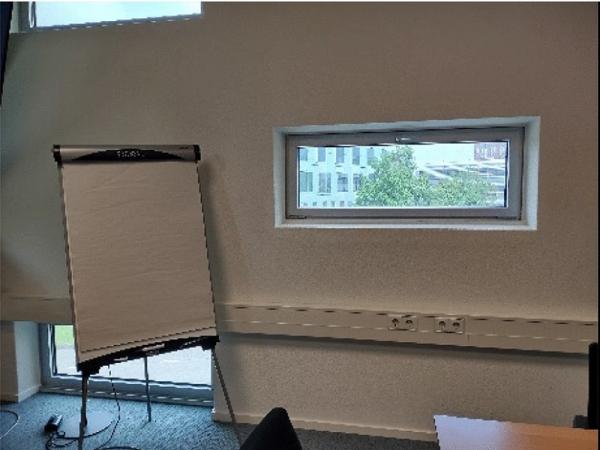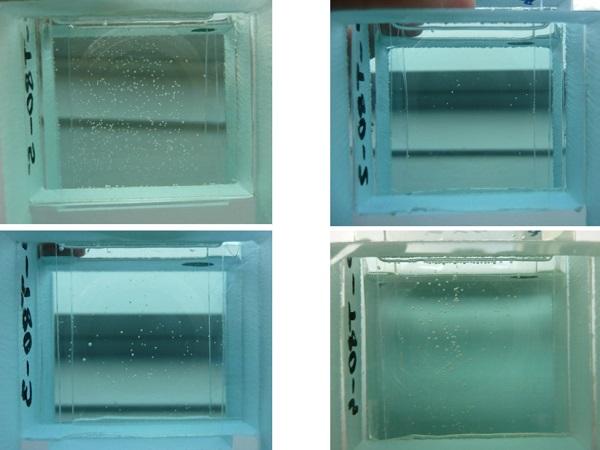Others also read
| This study investigates the structural behavior of adhesive bonds of glass and metal using thin, structural silicones in heavily constrained applications.
| In situ detection of product age and argon concentration as measure of the re-use potential of insulating glass units in buildings
| The current paper explores how digital techniques can be used in the design and manufacturing of an innovative composite façade panel consisting of an additively manufactured polymer core and adhesively bonded thin glass outer sheets.
| This paper investigates the use of bolted and brittle/ductile adhesive connections in glass structures.
| This paper presents the results of an original test series carried out on monolithic glass panes with the dimensions of 500 × 500 mm2 and different thicknesses, under the exposure to radiant heating.
| Overview of Design Issues, Experimental Research, and Developments
| The novel curtain wall is achieved by bonding a pultruded glass fiber reinforced polymer (GFRP) frame to the glass producing a composite insulated glass unit (IGU).
| Unlocking the benefits of liquid interlayers for architectural glass lamination
| A theoretical study with applications to blast enhancement
| A study was made of the impact resistance of annealed, heat-strengthened, and fully tempered laminated glass using test panels.
Glass-paper-laminates: examination of manufacturing methods, properties and discussion of potentials
| This paper examines various ways of combining paper and glass as a laminate and the effects on transparency.
| Dow has a strong commitment to sustainability and recently introduced the first externally PAS2060-verified carbon neutral silicones for façades.
| In the paper, strategies for reduced order modeling of glass panels subjected to soft-body impact are developed by means of dynamic substructuring.
| In this paper, failure mechanisms are identified for a post-tensioned glass beam system with a flat stainless steel tendon adhesively bonded at the bottom glass edge.
| Structural interlayers in laminated glass have allowed engineers and specifiers to extend and improve the use of glazing solutions in the construction industry.
| The paper presents testing of glass panels, static test and dynamic test by hard body impact.
| The study describes the results of the shear modulus of viscoelastic interlayers made of polyvinyl butyral and provides the basis to define and evaluate a model for the finite element analysis.
| Glass/steel adhesive joints are being used increasingly in the construction industry as they offer significant structural advantages over conventional mechanical fastener approaches.
| Designing and building structural, glass-only shells is subjected to two principal boundary conditions: The use of planar or curved glass laminates with limited dimensions and the necessity to provide a structural joint between the adjacent glass modules.
| A Review of Essential Requirements towards Standardization
| An experimental study under tensile loading at +23, +40 and +60 °C and different glass build-ups
| The paper is focused on experimental testing of glass-to-glass connection using transparent adhesives.
| This Glastory blog by Kalle Kaijanen is dealing with the processing of high-strength / structural laminates.
| This paper presents a study on the development of a bonded edge seal for fluid-filled insulating glass units.
| In this research, the structural sealed façade structure with triple IGU was investigated and the effect of the thickness of ordinary and laminated glasses.
























